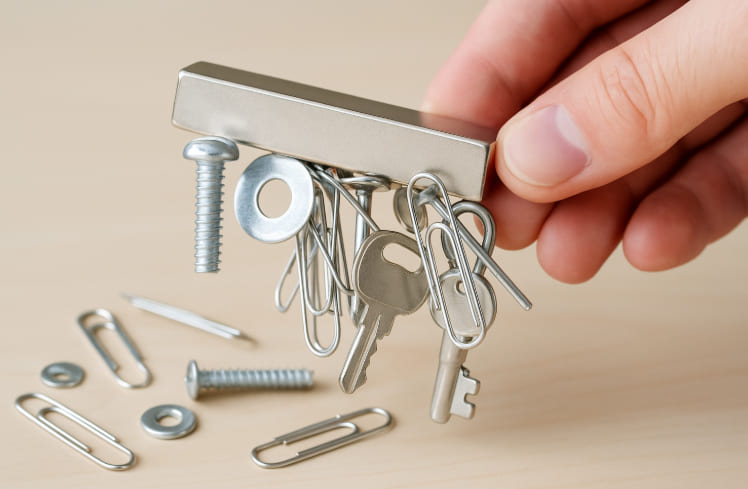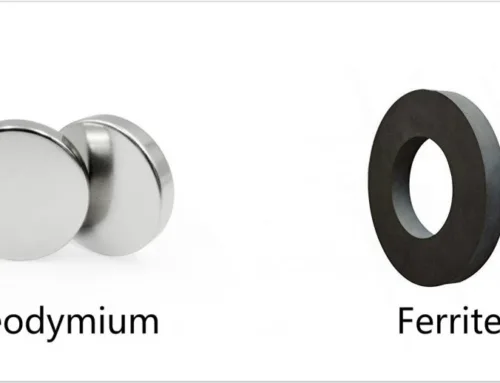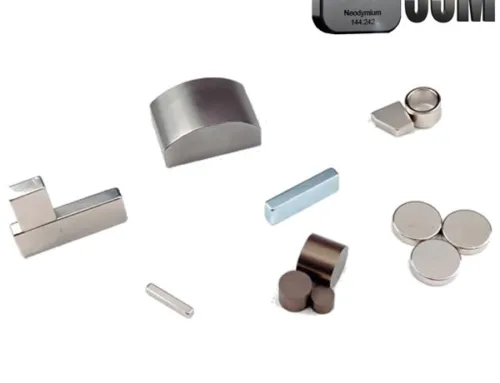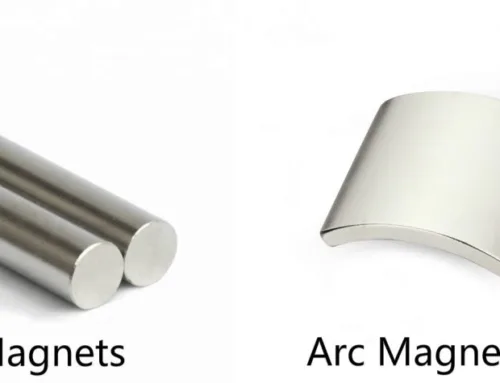Magnets are everywhere, but most people have no idea what they really stick to. If you’ve ever been confused about why some things are pulled by magnets and others aren’t, you’re not alone.
Magnets attract objects made of ferromagnetic materials such as iron, nickel, and cobalt. These materials contain magnetic domains that align in response to a magnetic field.

What does magnets attract
Magnets may seem simple, but the science behind them is full of surprises. Let’s take a closer look at what makes something magnetic and explore the reasons behind these invisible forces.
What causes a magnet to attract and repel?
Magnets can both attract and repel, but how does that happen? Most people just see magnets stick to metal, but the forces at work go much deeper.
Magnets attract when opposite poles meet and repel when like poles face each other. This behavior is caused by the direction of the magnetic fields they generate.
How Magnetic Fields Interact
Every magnet has two poles: north and south. When a north pole is placed near a south pole, the magnetic field lines run smoothly from one to the other. This creates an attractive force. When two north poles (or two south poles) face each other, their field lines clash and push away.
This push and pull happens because magnetic fields are directional. They create forces that depend on how these fields overlap. You can test this by flipping a small bar magnet near another one and observing how it either snaps together or jumps away.
The Science Behind It
The force comes from electrons inside the atoms. In magnetic materials, more electrons spin in the same direction, generating a net magnetic field. When these internal fields align between two magnets, they either attract or repel based on their orientation.
Understanding this helps with designing motors, generators, magnetic locks, and more. Every magnetic system uses this principle in some way.
Why do magnets attract iron?
Iron seems to love magnets. But why does it act this way, while other metals like copper or gold don’t respond at all?
Magnets attract iron because its atoms have unpaired electrons whose magnetic fields can align with an external magnet. This alignment creates a strong magnetic pull.
Why Iron Responds to Magnetic Fields
Iron is a ferromagnetic material. This means its internal structure supports regions called magnetic domains. In an unmagnetized piece of iron, these domains point in different directions and cancel each other out. When a magnet is brought near, the domains align in the direction of the external field.
This alignment causes a strong attraction. That’s why iron nails, paper clips, and steel tools can stick to a magnet. The more domains that align, the stronger the force.
Nickel and cobalt behave in a similar way. But other metals like aluminum or copper have electrons arranged differently. Their domains don’t align in a useful way, so they aren’t attracted to magnets.
Everyday Examples
- Refrigerator doors (steel)
- Screwdrivers and wrenches
- Jewelry clasps (some types)
- Computer hard drive components
These all contain iron or iron-based alloys, making them responsive to magnetic fields. This property is useful in recycling, where magnets separate iron-rich materials from other waste.
Conclusion
Magnets attract materials like iron, nickel, and cobalt due to their atomic structure. Not all metals are magnetic, but those that are play key roles in daily life.





Leave A Comment